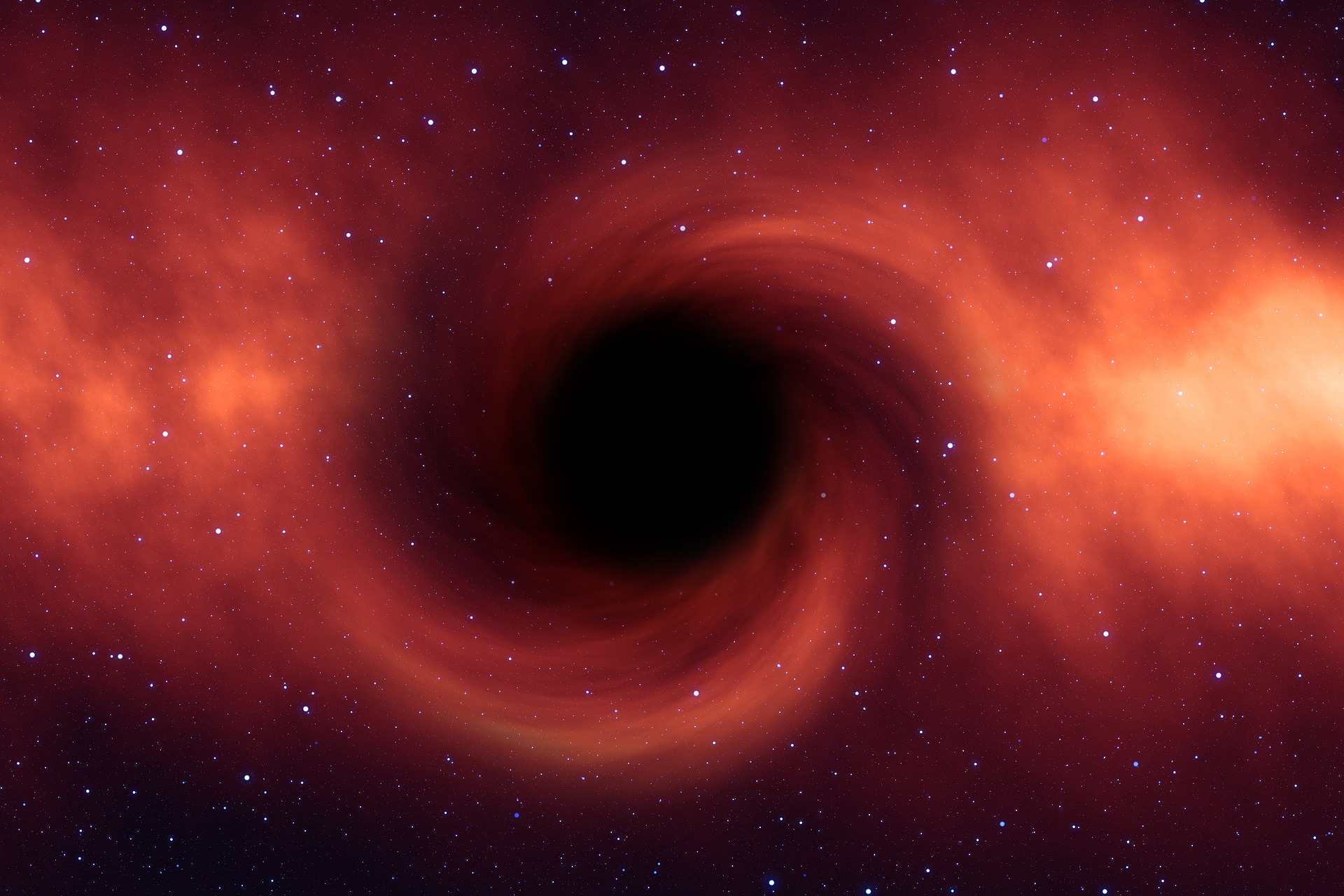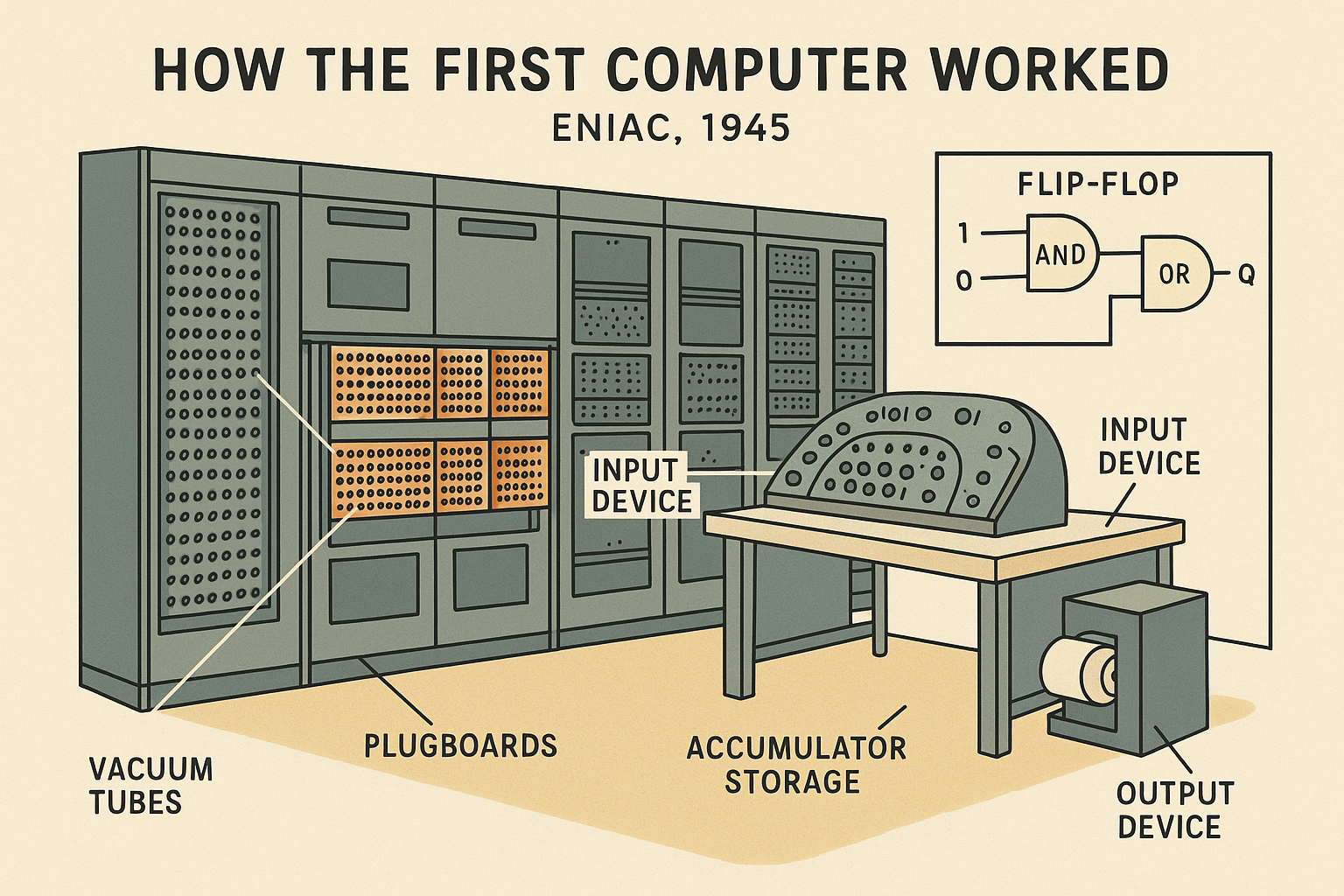
How to take a picture of a black hole
The image we see above is a photo of a black hole. It might not seem like anything out of the ordinary as we are used to imagining black holes more or less that way, however our imaginations were heavily influenced by a series of computerized representations that had no solid scientific basis. Basically we had imagined how a black hole could be made and a virtual version of it had been created, but it was not said that this version actually represented reality.
Why is a photo of a black hole something special?
Because photographing something that is 56 light years away is not an everyday operation: a light year is in fact the distance that light can travel in a year. Considering that light travels at about 300,000 km per second, if you want to calculate the distance we are talking about in kilometers, simply multiply 300,000 by the number of days in a year (365), the hours that make up a day (24), the minutes that make up an hour (60) and the seconds that make up a minute (60). By doing this simple calculation it will be immediate to understand that a light year is a very, very long distance.
It should also be considered that we cannot exceed the speed of light, what we see when we look at a celestial body, from the closest stars to the most distant galaxies, is therefore the past. The more distant the object we are observing, the more we are observing a past version of it. If we were looking at a star one light-year away, what we are actually looking at would be the condition of the star a year ago, the moment its image started to reach our eyes; in the meantime that star could also have exploded and no longer exist, but we could not instantly notice it using only the sight.
The black hole we see in the photo was called M87 and is a so-called super massive black hole, a super massive black hole probably formed by the collision of multiple black holes. Its mass is about 6.6 billion times that of the sun and it is estimated that the event horizon, the black central part within which any type of radiation is absorbed, is more than 20 billion kilometers from the black hole.
We are talking about numbers that represent a galaxy visible to man, but which are still grains of sand in the totality of the universe.
Black holes are an element of extreme interest to physicists. We know very little about it, other than that they emit Hawking radiation, and that the movement of the stars of galaxies is influenced by their presence; it is also estimated that one can enter a black hole, but cannot go back. The laws of physics fall apart when it comes to black holes, at the moment they are simply beyond our understanding. A black hole is a hole in space and time, it absorbs everything and everything disappears in contact with a black hole, but we don’t know what happens to it. This is why black holes are an obsession for those who study them and that is why photographing one is an exceptional undertaking.
How was it possible to photograph M87?
To photograph an element at such a distance it would have been necessary to have a telescope as large as the planet Earth, obviously not being able to build it, all the existing telescopes of the planet were connected to take a picture at the same instant and then combine these representations and find the final image. . Probably describing the process that led to the image we see at the top of the page in just three lines of text is something offensive to the more than 250 people who contributed to this extraordinary enterprise, so let’s try to understand something more.
First of all, it was necessary to understand where the telescopes were aimed and the solution to this problem represents a true work of art of the human intellect. Observing the position in several consecutive years of some stars very distant from the earth, it was deduced that a super massive black hole of such magnitude as to cause these gravitational shifts must have been present far, far away. The complex studies to calculate the position of M87 resulted from this intuition.
It took months and months of tests and attempts to perfectly calibrate telescopes located in extreme points of the world, such as peaks of high mountains or the snow-covered wastes of the poles, with all the unexpected caused by unpredictable climatic conditions. Shooting with definition at these distances requires amounts of data that, to put it mildly, struggle to fit on a USB stick. It was the largest scientific experiment in history if we consider the amount of data processed: we are talking about over 6 petabytes of information to combine and process.
An extraordinary engineering and computer science job that has given us the opportunity to see with naked eyes what today represents the greatest mystery of our universe.








